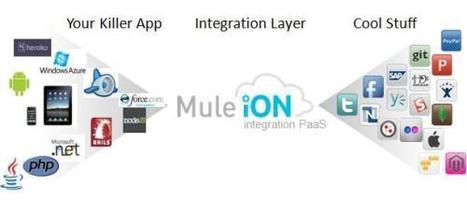Gartner has estimated that over 80% of data exchanged between organizations are transfered via files such as office documents, PDF, CSV, media files, and for the majority of our customers it’s: check images and financial transaction files.
Managed File Transfer (MFT) solutions, like Flux, orchestrate automated file transfers between departments and business partners in a secure fashion while providing:
- Monitoring: Central web-based monitoring console.
- Notifications: Email, SMS, JMS, etc.
- Automatic Error Handling: Automatic handling of failures: send an email and retry the transfer.
- Reporting: Web-based reporting and auditing.
- Enterprise Integration: Integration with web service APIs (SOAP and REST) and 3rd party enterprise applications such as Cognos and Informatica.



 Your new post is loading...
Your new post is loading...








